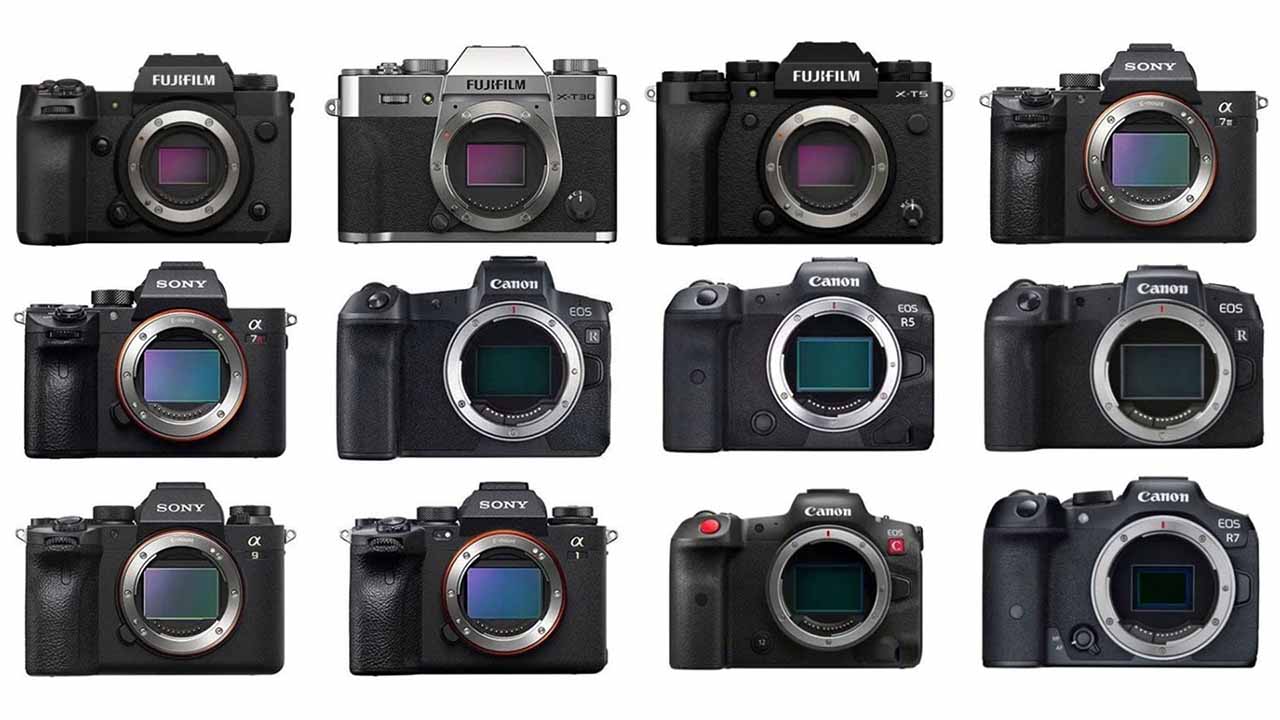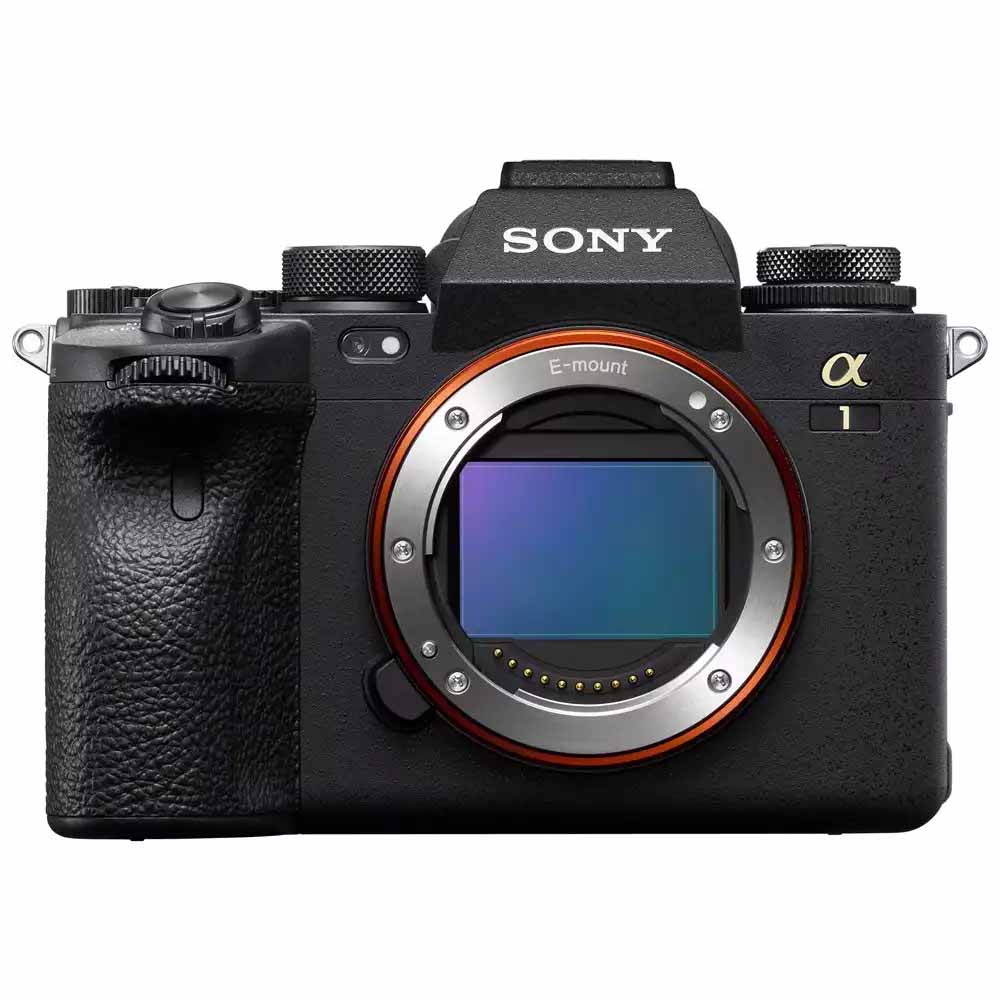
I've recently been looking at the different camera ranges from major manufacturers and it's confusing the hell out of me - and it's my job to know the differences!
Recently I've been asked by friends to recommend cameras of various sorts, because they know what I do for a living. I've also looked for myself, keeping an eye on things in case I ever want to replace my S1 for something with a higher stills burst frame rate or better autofocus. In the process of doing this I've found the market to be increasingly confusing, with micro differences between models.
There's a proven theory, the paradox of choice, that states that if someone is faced with too much choice, they often just give up. I often feel this way about the current camera market, particularly in relation to mirrorless cameras. Taking the Canon full-frame range as one example, we have the EOS R, EOS R3, EOS R5, EOS R5 C, EOS R6, and EOS RP.
On the other hand, Sony has the A1, A7 III, A7 IV, A7 II, A7 C, A7R IIIA, A7R IVA, A7S III, and finally, the A9 II. Fuji also has a similarly confusing lineup.
Thankfully the ranges from Nikon and Panasonic are a lot more clear and concise, which does play into their favour. After all, if your range of products is simple to understand at a glance, a potential buyer may well look at purchasing one of them instead of the much more confusing competition. I defy anyone to tell me what the differences are between Sony and Canon's mirrorless range without first looking the specifications up on a website.
Now, it has to be said that companies generally know what they are doing; they wouldn't make all these cameras if they didn't think there was a need or a market for them. But it still doesn't change the fact that for a consumer, or even a professional, things have become confusing to say the least.

The Sony A1 is a flagship model with a price to match. But is it so easy to differentiate the lower priced models?
Do we need so many models?
Sometimes the differences between models are incredibly minor. One camera might have one feature that the other one doesn't, and vice versa, forcing a potential buyer to spend an age working out whether or not they really need a particular ability or not. The naming conventions for the products doesn't help, either. Yes, there is a difference in pricing, which is a factor. However, several of the models have very similar prices.
I'm not sure what the solution could be, since as I've mentioned, the manufacturers clearly see a need for this diversity. I remember once asking one of the product managers from one of the major manufacturers about the sheer number of different models on offer. This was with regard to camcorders at the time, long before mirrorless came onto the scene. His response was that they were saturating the market on purpose, giving just enough with one model, but not enough to damage the sales of the product just teetering on the tier above it. It was a carefully orchestrated dance of competition amongst their own products and that of rival manufacturers. As for the naming conventions, there was no solid answer, other than if you were lucky enough to take part in product meetings you might get a list for the reasoning behind them.
All of which doesn't help the hapless camera purchaser, who is now left scratching their heads as to which model to go for. If at all. The micro differences between cameras is one reason I haven't upgraded my S1. I'd like better autofocus and higher burst rates. I'd even like a lighter camera body with more lens choice. But, having used some of the alternatives as part of the reviews process for RedShark, either I would need to give up features in other areas, or pay far more money for the equivalent. So, for now it looks like I'll be biding my time until something offers me a clear and stark upgrade path.
Less is more
The point for me in all this, is that if as someone who writes about cameras all the time I can't remember off hand all the differentiations, what chance does the general consumer have? It's a problem not unknown to other industries. In the past, companies have been known to go back to the drawing board because they've had the realisation that their product ranges are too complex to easily understand. Even GoPro made this realisation, and its range was hardly in the same numbers league as some of the manufacturers mentioned above.
Often, the ability to produce such a high number of minimally differentiated products can be as a result of the size of the company. Simply, it can afford to do so when a much smaller company can't. Yet, the idea of product simplification can be hugely beneficial to large companies as well. Apple is a good example of this, with clear lines between product ranges. Although even it has strayed a little over the years, with multiple iPhone models diversifying what was once a single model range. That said, it is still clear to see the differences between them, and the naming conventions say all there is to know.
A "MacBook Air" and a "MacBook Pro" definition gives a clear space between models. The "Air" moniker giving a vision of something light and portable. Would anyone like to give me the clear defining lines between a Dell XPS, Inspiron, Latitude, G Series, and Vostro laptops? They all do have different aims, but it isn't clear from the outset, and there is some crossover between some of them.
It could be argued that I'm somehow making a case against variety and choice, but to say this would be very wide of the mark. All I want to see is more clarity in the ranges of what companies are offering, along with much more defined, or at least easy to see differences across lines. For me, personally, complex product lines are off-putting, and can prevent me from considering that company's products in the first place in favour of something much easier to understand.
In the current climate of supply chain issues and the cost of living going up everywhere, perhaps it's time for more companies to think about simplification.


Comments